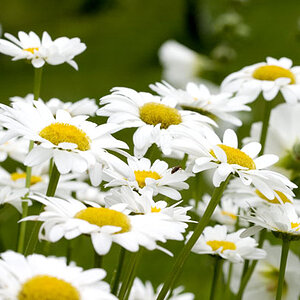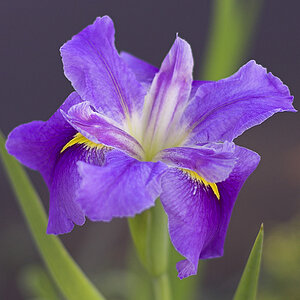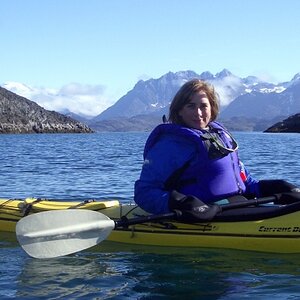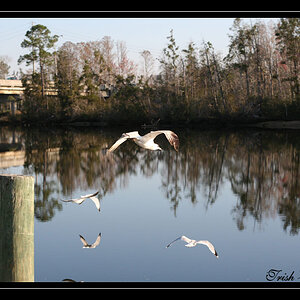Grandpa Ron
Been spending a lot of time on here!
- Joined
- Aug 9, 2018
- Messages
- 1,178
- Reaction score
- 724
- Can others edit my Photos
- Photos OK to edit
Not being particularly familiar with the thinking of the gurus that write the auto programs, I wonder why they choose a particular f stop?
I shot these two sunflower shots. The single flower was f 9 at 1/100 sec. with ISO 200. The second was also f9 but 1/200 sec. at ISO 100. Both if them lack depth of field. I would have preferred both flowers in focus on the second shot.
I know I can do a aperture priority etc. but my question is, has bokeh become the norm with close up shooting?


I shot these two sunflower shots. The single flower was f 9 at 1/100 sec. with ISO 200. The second was also f9 but 1/200 sec. at ISO 100. Both if them lack depth of field. I would have preferred both flowers in focus on the second shot.
I know I can do a aperture priority etc. but my question is, has bokeh become the norm with close up shooting?





![[No title]](/data/xfmg/thumbnail/40/40285-2ce5915035c220ccb3485030863b62d0.jpg?1619739408)

![[No title]](/data/xfmg/thumbnail/32/32003-70dfe149c27224e28ba98e975984e01e.jpg?1619735147)



![[No title]](/data/xfmg/thumbnail/32/32007-77c44b6b6edb5db977381096a2ffe54b.jpg?1619735151)